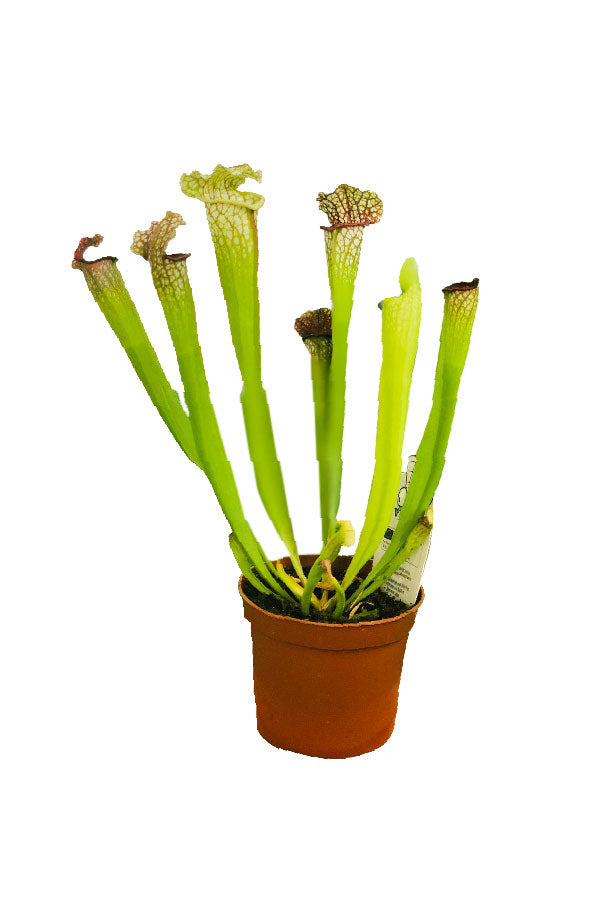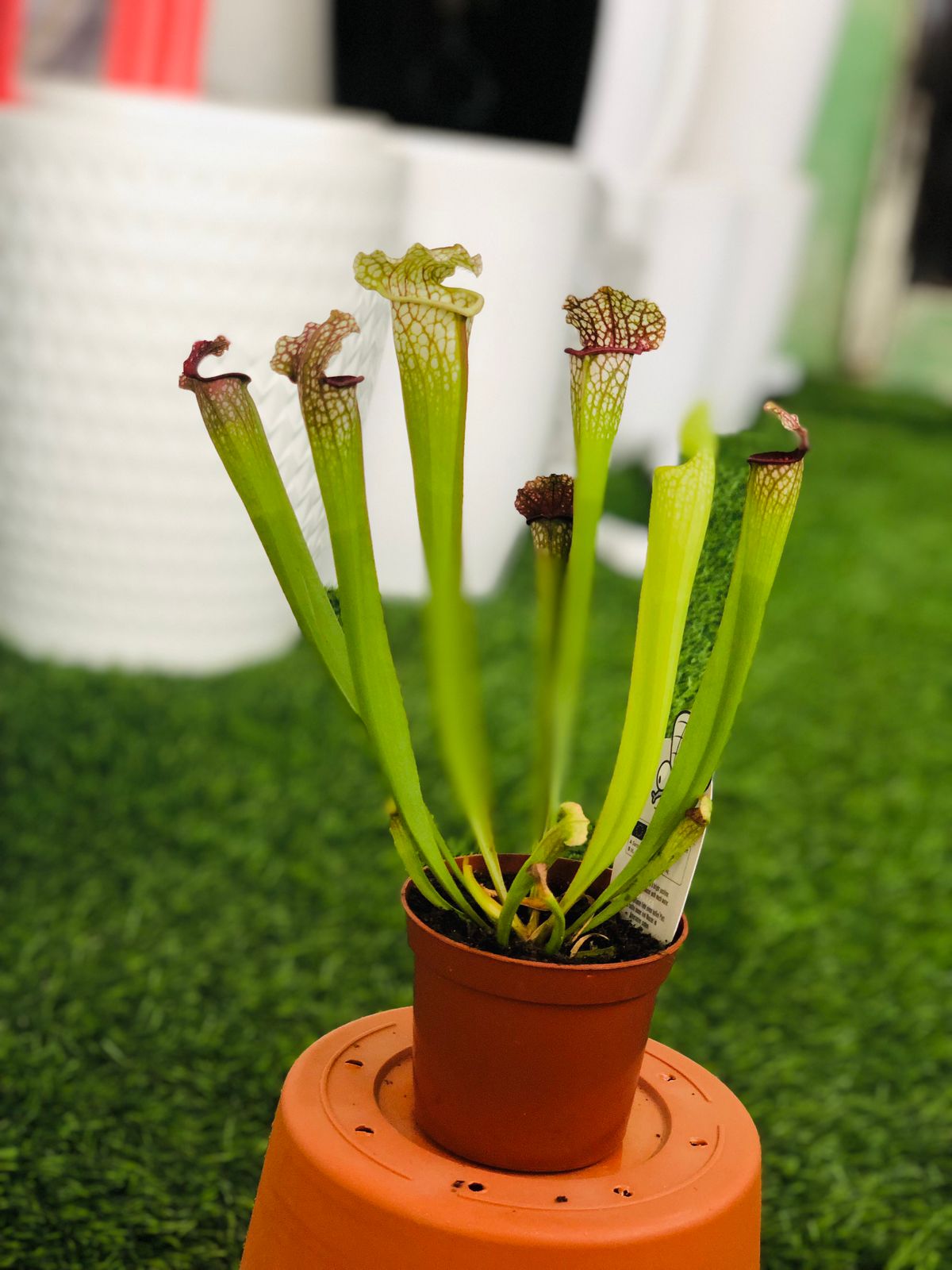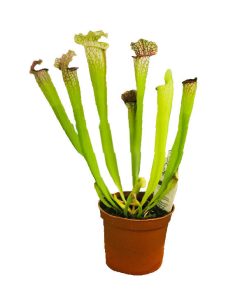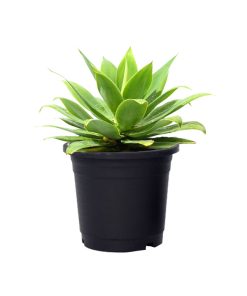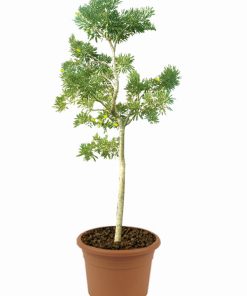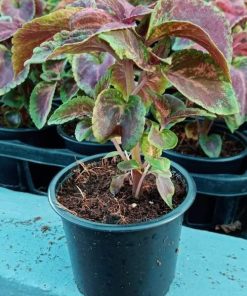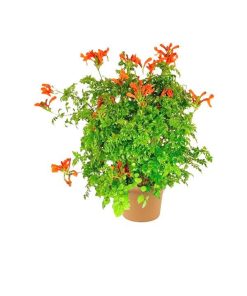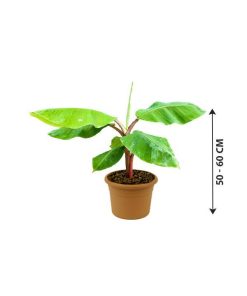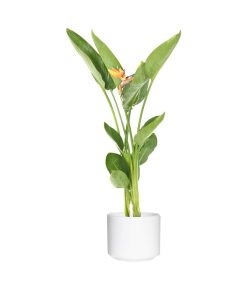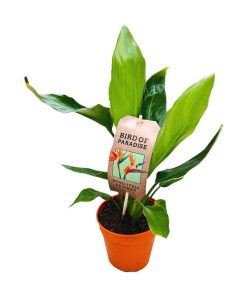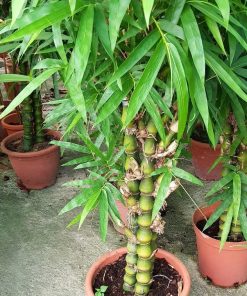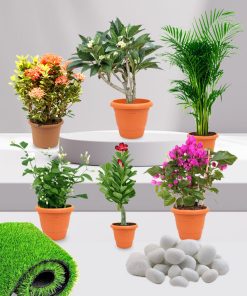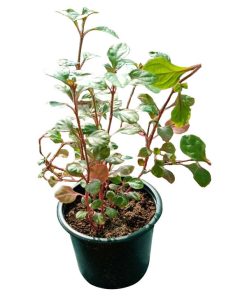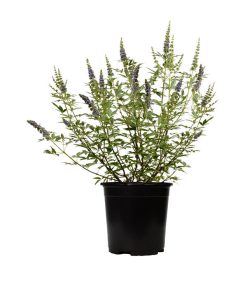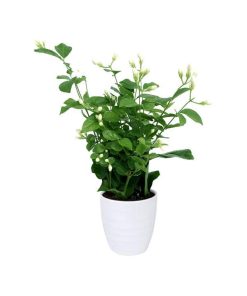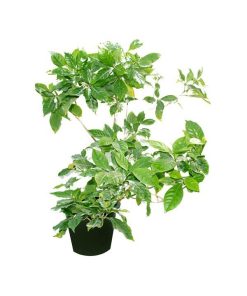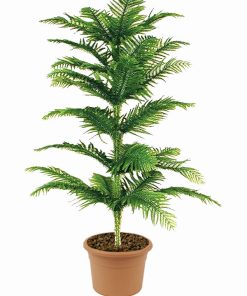Sarracenia Leucophylla Plantsworld.ae
د.إ 75,00 د.إ 37,50
ABOUT THE PLANT
Sarracenia leucophylla, commonly known as the white pitcher plant, is a carnivorous plant native to the southeastern United States. It is known for its distinctive and attractive characteristics. Here are some key features of Sarracenia leucophylla:
-
Pitcher Shape: Sarracenia leucophylla produces elongated, trumpet-shaped leaves that form pitchers. These pitchers have a characteristic upward-pointing hood or lid that resembles a cobra’s head. The coloration of the pitchers varies but often includes a striking combination of white, green, and red.
-
Hooded Lid: The top portion of the pitcher forms a hood or lid, which helps protect the pitcher’s contents from rain and dilution. This hood often has striking, colorful markings, such as red veins, that serve to attract insects.
-
Attractive Coloration: Sarracenia leucophylla is known for its beautiful coloration. The pitchers are typically green with red or maroon veins and an overall white appearance, which makes them visually appealing to insects.
-
Peristome: The peristome is a flared, rolled edge around the opening of the pitcher. It is often reddish and may have a decorative, fringed appearance. Insects are attracted to this structure and may slip into the pitcher when attempting to land on it.
| Size | 10-15 cm |
|---|---|
| Pot | Nursery Plastic Pot, Ceramic Pot |
Fast Shipping & Professional Packing
We are able offer many shipping options thanks to our long-term partnership with UPS FedEx DHL. Our warehouse staff is highly educated to pack your items exactly as per the specifications we offer. Your items will undergo an extensive inspection and will be securely secured prior to being delivered. We ship to thousands clients every day in a variety of countries. This shows our commitment to becoming the biggest retailer online in the world. The distribution centers and warehouses distribution are in Europe, as well as the USA.
Orders with more than one item are assigned processing times for each item.
We will thoroughly inspect all products before they are shipped. The majority of orders will be shipped within 48 hours. Delivery is expected to take between 3 and 7 days.
Returns
Stock is dynamic. It's not completely managed by us since we are involved with multiple parties such as the factory and the storage. So the actual stock may alter at any time. Please understand it may happen that your order will be out of stock once your order has been made.
Our policy is valid for 30 days. If you don't receive the product within the 30 days period, we're not able to issue the option of a refund or exchange.
The item cannot be used and in the original packaging. The item must be in its original packaging.
Related products
Outdoor Plant
Outdoor Plant
Outdoor Plant
Outdoor Plant
Outdoor Plant
Outdoor Plant
Outdoor Plant
Outdoor Plant
Outdoor Plant
Outdoor Plant
Outdoor Plant
Century Plant – Agave Americana Marginata (Desert Plant) – Outdoor Succulent Plant Plantsworld.ae
Outdoor Plant
Outdoor Plant
Outdoor Plant
Outdoor Plant
Outdoor Plant
Outdoor Plant
